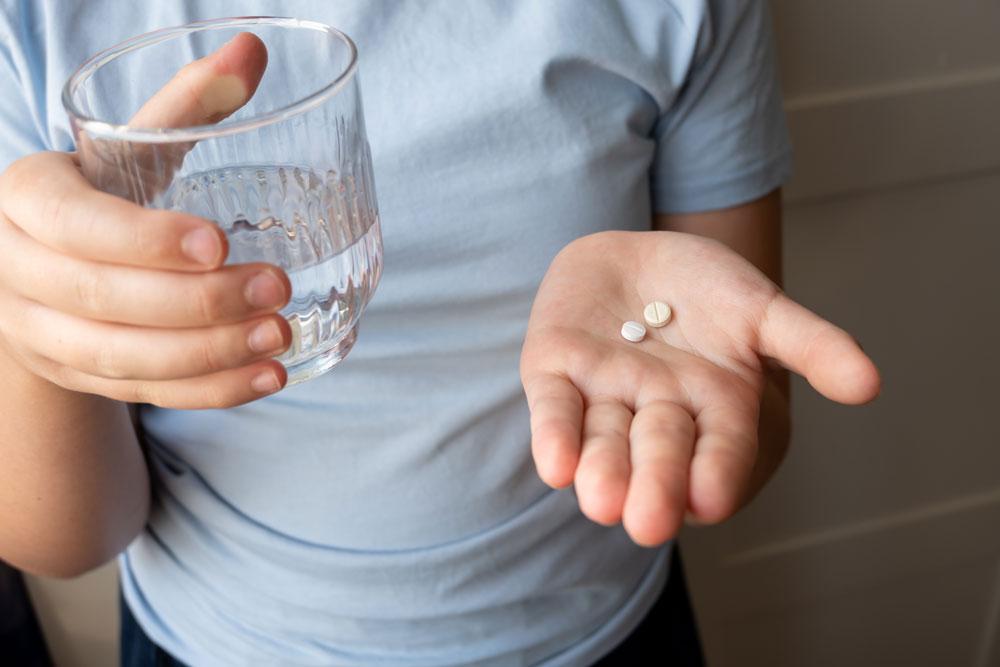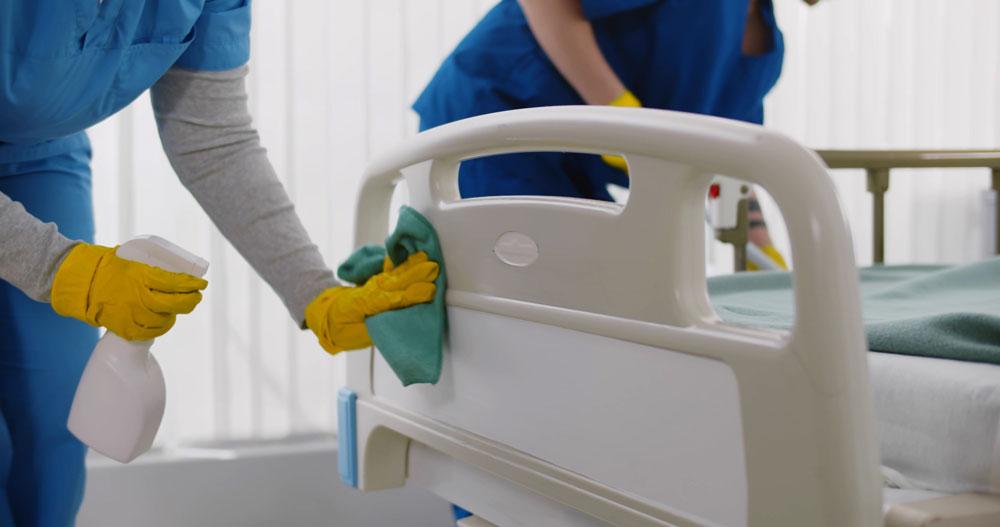With much in the news covering the social impact of the coronavirus outbreak, Dr. Stephanie Taylor discusses the need to ensure public buildings, such as schools and hospitals, have a humidity level so that viruses cannot spread
To manage the spread of COVID-19, we are all working as a global collective to manage our behaviours responsibly, such as through meticulous attention to hand hygiene and social distancing. As individuals, these are undeniably key steps for us to protect ourselves and each other as we fight the current pandemic. However, individual behaviour is just one factor in our efforts to contain the virus and limit subsequent disease. The environment surrounding us plays a lesser-known, yet essential role in the degree of viral spread and in the severity of COVID-19 illness. Since we spend most of our lives in buildings – such as schools and workplaces and our homes – we could and should be doing more to ensure the conditions of these indoor environments are optimal for human health. The simple factor of maintaining healthy levels of indoor humidity is something that would benefit our health through reducing the burden of COVID-19 as well as other seasonal viral illnesses.
In my practice as a paediatric oncologist, I was alarmed by how many of my young patients came down with infections during their hospitalisation despite our best medical treatments. It was at this time that I became concerned that there might be another factor at play; the indoor climate and the hospital building itself. After years of work, including obtaining a master’s degree in architecture, reviewing numerous studies of patient infections and the built environment and undertaking my own research, my suspicion was confirmed. Among the indoor variables that increase the likelihood of infection, from hand hygiene to room cleaning, one astounding common factor stands out: dry indoor air.
An abundance of data from research in infection control, microbiology and building science show that maintaining indoor relative humidity between 40-60 per cent improves human health through several mechanisms. This relative humidity zone optimises the ability of our immune system to fight viral infections, decreases the bio-burden of infectious particles in our breathing zone (the air) and actually decreases the infectivity of many viruses and bacteria floating in the air and settled on surfaces. When this optimal range of relative humidity is not maintained, it becomes harder for our immune systems to defend against respiratory viral infections even if we maintain high personal hygiene standards. Public buildings like schools, workplaces and hospitals have undoubtedly been hotspots for the spread of the COVID-19 outbreak, not just because of viral cross infection via physical contact, but in large part due to the airborne transmission of infectious droplets, aggravated by low indoor humidity levels.
Despite this, there are currently no regulations on minimum indoor humidity levels in the UK and many other countries. In fact, regulations focused on reducing energy consumptions in buildings have resulted in the lowering of permitted minimum indoor humidity levels, unfortunately at the expense of occupant health. A lack of humidity standards means that building occupants like the hospital workers who have been on the frontlines of the COVID-19 pandemic and patients with compromised immune systems have limited defence against further respiratory viral infection, despite hand washing and social distancing measures.
It is long-established knowledge that viruses can be spread through short distance droplet splashing. But the transmission pathway we must now take into serious consideration is distant spread of infectious aerosols travelling through the air. When droplets are released into the air by an infected person sneezing, coughing, or simply breathing, dry air causes these droplets to shrink and desiccate to reach a moisture equilibrium. We now know that viruses carried in those tiny desiccated particles can travel through the air into an HVAC system and re-infect people from a distance and despite having had no immediate contact.
This transmission route is one of the factors that makes this virus particularly alarming. The concept of airborne transmission is intimidating, but we can help control it by keeping the relative humidity in our breathing zone or in our buildings in the magic zone of 40-60 per cent. Existing regulations on indoor air quality should be updated to reflect the significant body of scientific evidence that 40-60 per centRH is the ideal indoor humidity for health.
These improved humidity standards would have numerous positive effects on human health and well-being. Not only would it reduce the burden on society of COVID-19 disease and other upcoming seasonal viral illnesses, but research shows that it would also reduce absenteeism and improve productivity in offices and schools. A recent study of a nursery school found that fewer children missed school when the classroom humidity was maintained above 40 per centRH. (Rieman J, ‘Humidity as a non-pharmaceutical intervention for influenza A’, 2018 ASHRAE abstract). Studies support projected reduction of absenteeism by at least 20 per cent by simply maintaining healthy humidity levels in buildings.
Governments set indoor air quality standards for temperature, fresh air introduction and pollutants. Setting a minimum indoor humidity level in public buildings is easily achievable, will result in net profit for society through increased productivity and reduced healthcare costs. Most importantly, it will save lives.
We must push for these standards to be set to protect ourselves, our children, the elderly, and the health care professionals who are on the frontline protecting us all in the face of the global pandemic.
Dr. Stephanie Taylor, a graduate of Harvard Medical School, is the CEO of Taylor Healthcare Commissioning Inc. After working as a physician for many decades, Dr. Taylor obtained a master’s in architecture as well as an infection control certification. Her lifelong commitment to patient care includes focusing on improving the health care physical environment and clinical work processes to help patients heal quickly and save hospitals valuable dollars.




